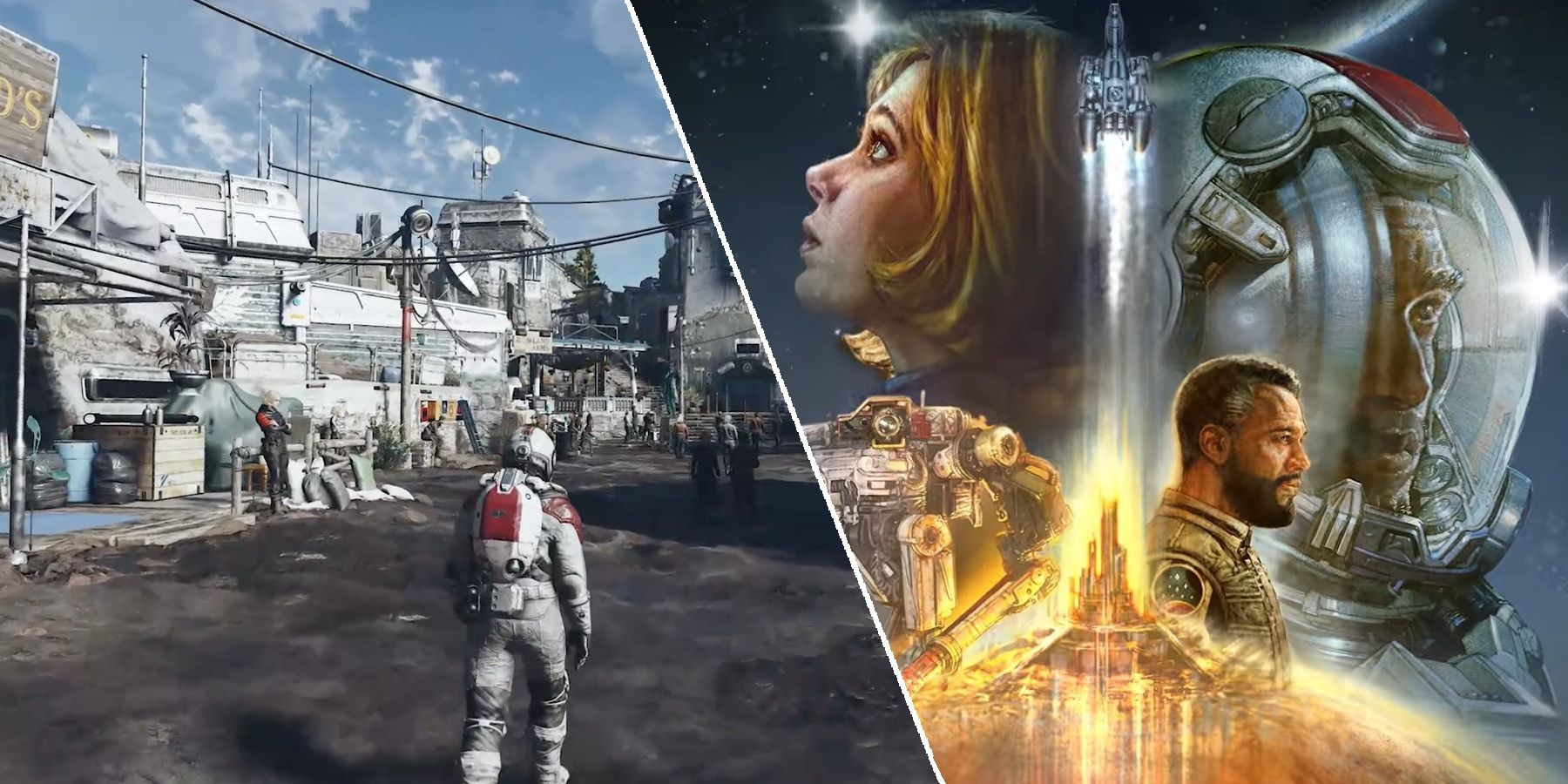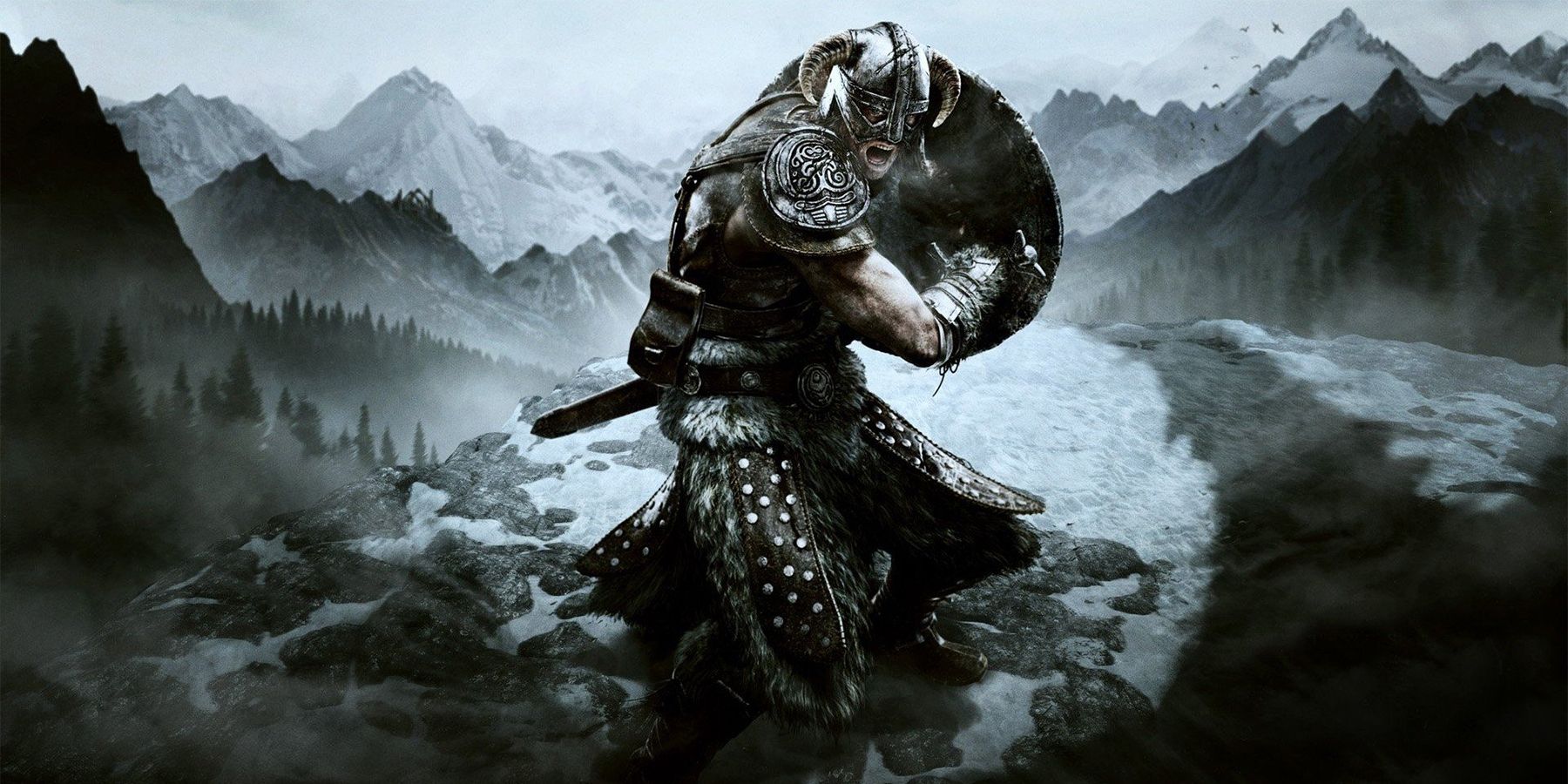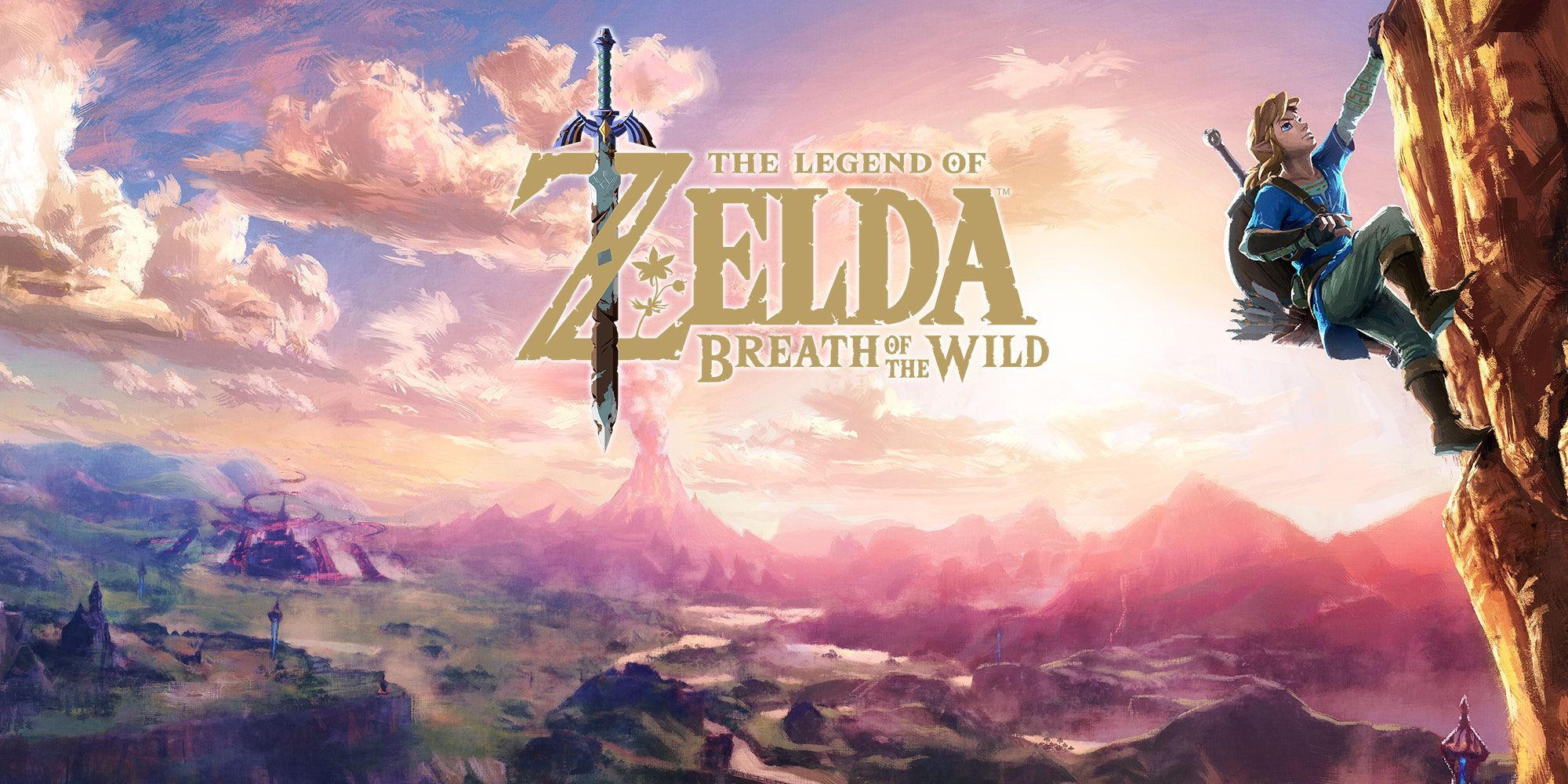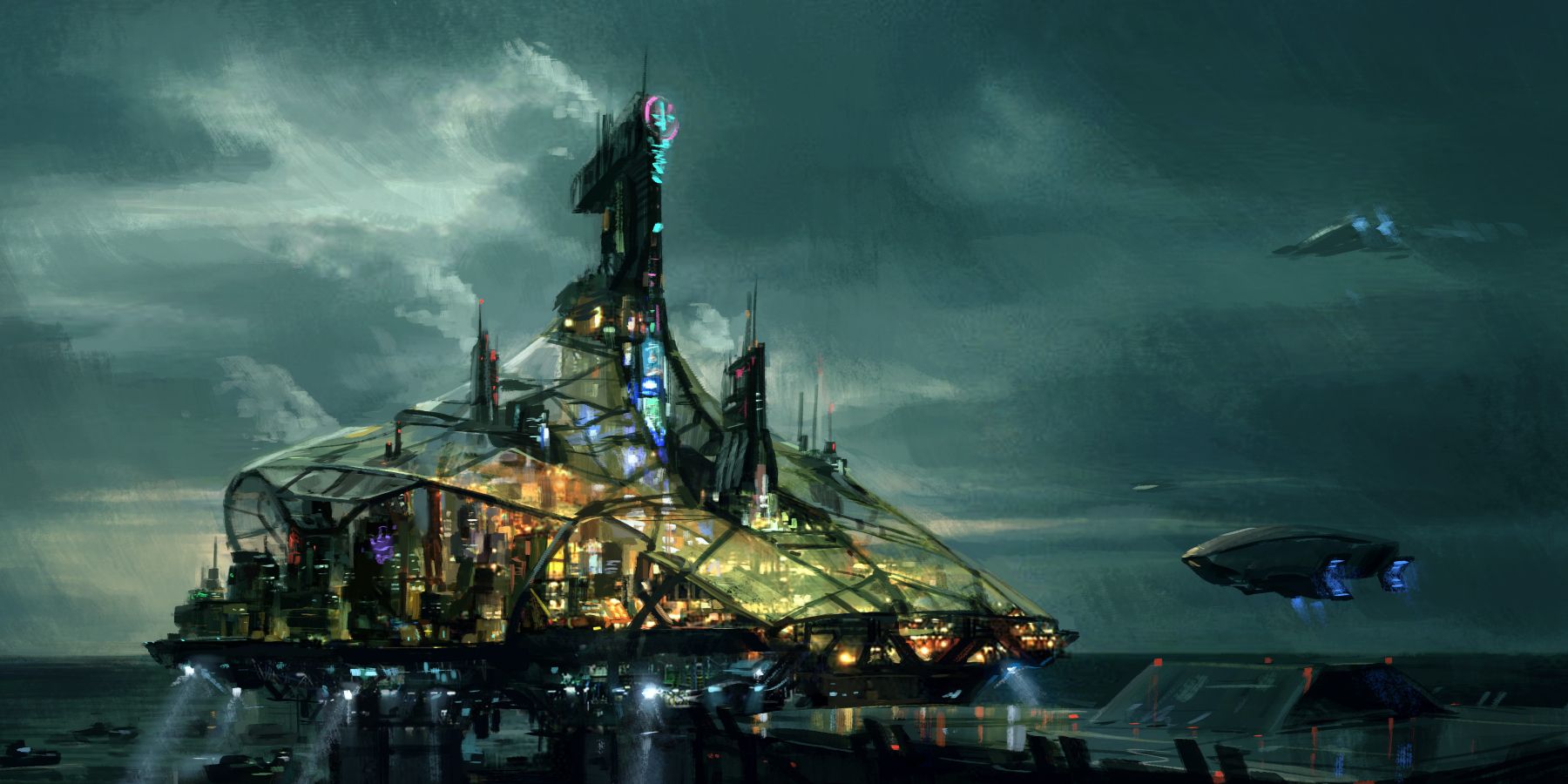The open world genre has long dominated gaming since the massive success of Skyrim back in 2011, with longtime franchises like God of War, The Legend of Zelda, and even Pokemon all transitioning away from more linear designs. These have resulted in an expanding into many subgenres of open world titles that have left the overall genre bare of the more populated worlds. With Bethesda Game Studios preparing to release its next big IP Starfield, this will hopefully be a return to form for the classic open world style.
This isn't to say that the various open worlds from successful franchises don't succeed at what they've set out to create, simply that they aren't built to scratch the same itch as Skyrim or even the most recent Fallout games. As such, the stage is set for Starfield to deliver the Bethesda style of open world, with towns and the NPCs that fill them.
Bethesda's History of Story-Heavy Open Worlds
The background of Bethesda's foray into open world titles goes quite a bit further than Skyrim or the more recent Fallout titles. These include earlier Elder Scrolls titles such as Morrowind and Oblivion, which in large part have continued to fuel much of the goodwill that Bethesda still maintains with fans today. While these still weren't the start of the open world genre, many of these early titles would set the stage for future entries.
More than anything, the Elder Scrolls and Bethesda-led Fallout series would stand as the benchmark for open worlds, with large worlds filled with towns and villages to explore. These towns then force gameplay to divide into two separate types, one that involves talking to NPCs in order to activate and turn in quests, and a second that tasks the player with diving into dungeons and fighting enemies. This helps to create a gameplay experience that isn't just the same loop over and over, but allows players to be immersed into the "role-playing" aspects of RPGs.
Games that Miss the Lived-in Feel
While many games still manage to succeed at what they are attempting to do, such as Elden Ring or Breath of the Wild, they don't manage to scratch the same itch that claiming the game to be open world means for all players. The gameplay loop of Elden Ring is a perfect example of the lack of a lived-in feel that comes from a populated open world like Skyrim. It does manage to deliver the exact moment-to-moment aspects of the FromSoftware formula that players are looking for, with fights against everything from wandering knights to deadly bosses.
All of that being said, the large world of Elden Ring is almost entirely one note. The conversations with NPCs are few and far between, with some scattered across a few safer locations and the majority taking place in the small Roundtable Hold. This same sentiment can be said to a lesser degree for Breath of the Wild, as well. While the popular Zelda title is top of the line for traversal and even has a handful of towns with a few NPCs scattered around, keeping the world from feeling habitable is part of the point.
In the years since Bethesda made and has remade Skyrim, its type of world with the stake of numerous communities filled with countless people has taken a backseat for grim sandboxes with few people in them. These leave the gameplay open to fall into a consistent loop, but it doesn't offer the variability that makes open world titles so compelling to play. Interestingly, the best example of a title since Skyrim and Fallout that has managed to scratch the populated open world itch is Red Dead Redemption 2.
Starfield's Populated Potential
With the upcoming release of Starfield, Bethesda has some big shoes to fill when it comes to exploring a new open world through the lens of an all-new IP. That being said, Starfield is exactly the type of game that the development studio has proved to be entirely capable of delivering on with older titles. From what has already been shown of Starfield's gameplay, there are more than a few hints that Bethesda is looking to make the most of populating its new world with a cast of characters that players will hopefully resonate with.
Most importantly for making the multi-planet world of Starfield feel lived-in is the introduction of factions who will seemingly give players options for how to shape the story of their specific playthrough. The introduction of these factions themselves should already give players access to a number of locations where they can either choose to talk to and interact with NPCs, or slaughter their way through enemy encampments. This will hopefully translate to the multiple types of gameplay that help elevate Bethesda's open worlds among the genre, with towns and cities that offer activities that differ from the repetitive dungeon delving.
On top of the factions and their possible cities and strongholds, these many powers working both with and against each other in order to further their goals helps to raise the stakes for the story of Starfield before it even begins. There is a world, filled with people, that could depend on the actions of the player in order to make sure that entire communities aren't swallowed up by war, or famine, or some cosmic apocalypse. The existence of even a handful of random NPCs that have nothing to really do with the player expands the scope of the world beyond the moment-to-moment gameplay.
For the last few years, when developers have boasted about a new open world title bringing players to a far-off fantasy locale or science fiction dystopia, the payoff has been a fun sandbox to look at. However, few titles have managed to nail what it means to create an interesting world to exist inside of and interact with beyond attacking nearly everything that moves. So, Starfield's potential could come from more than numerous planets full of enemies, as Bethesda can also give players an alternate universe to fully immerse themselves in.
Starfield is set to release in 2023 for PC and Xbox Series X/S.




